Understanding Indaero: Core Competencies in Aerospace Engineering
The aerospace industry demands precision, innovation, and compliance with stringent standards. Indaero stands out as a leader in this competitive landscape by combining advanced engineering practices with deep industry knowledge. This article delves into the core competencies that define Indaero’s approach to aerospace engineering, highlighting what sets it apart in the industry, the key technologies employed, and the safety and compliance standards it adheres to. As we explore these areas, we will see how Indaero continues to foster an environment of excellence and innovation.
What Sets Indaero Apart in the Industry
Indaero’s notion of excellence in aerospace engineering extends beyond merely providing services. It cultivates a culture of innovation, quality, and client-centric solutions. One of the key aspects that set Indaero apart is its commitment to deepening relationships with its clients through tailored solutions. By understanding the unique needs of each client, Indaero crafts customized approaches that not only fulfill immediate requirements but also anticipate future challenges.
Furthermore, Indaero is grounded in extensive industry experience, which informs its methodologies and practices. Clients benefit from a wealth of knowledge and insights, enabling them to navigate the complexities of aerospace projects effectively. This competitive edge allows Indaero to consistently deliver superior outcomes, thus securing long-lasting partnerships and a reputation as a trusted industry leader.
Key Technologies Employed by Indaero
Technological proficiency underpins Indaero’s operational framework. The company integrates cutting-edge technologies to enhance operational efficiency and product quality. Among the notable technologies utilized are advanced simulation tools, additive manufacturing, and precision machining techniques.
Advanced simulation tools enable rigorous testing and analysis of aerospace components before physical production. This predictive modeling minimizes risks and optimizes designs, clarifying potential issues before they develop into costly setbacks. Additive manufacturing, often referred to as 3D printing, allows for rapid prototyping and the production of complex geometries that traditional methods cannot easily achieve.
Precision machining is at the heart of Indaero’s processes, ensuring that every component meets or exceeds industry standards. By employing CNC (Computer Numerical Control) technology, Indaero can manufacture parts with exceptional accuracy, which is crucial for maintaining safety and reliability in aerospace applications.
Safety and Compliance Standards at Indaero
Safety is paramount in aerospace engineering, and compliance with government and industry regulations is non-negotiable. Indaero rigorously adheres to various safety standards that govern the aerospace sector, such as AS9100, which lays out the requirements for quality management systems within the aerospace industry. Indaero’s commitment to upholding these standards ensures that its products and services not only meet regulatory requirements but also embody the highest quality and reliability levels.
Internal audits, employee training, and continuous monitoring are essential components of Indaero’s compliance strategy. By fostering a culture of safety awareness among employees, Indaero ensures that safety remains a shared responsibility across the organization, ultimately leading to improved outcomes and reduced risk.
Innovative Manufacturing Processes at Indaero
Indaero’s manufacturing processes are characterized by innovation and a relentless pursuit of excellence. The company employs a diverse range of techniques to produce components that meet the highest industry standards while optimizing efficiency and cost-effectiveness.
Machining Techniques that Enhance Production Quality
Machining processes are the backbone of aerospace manufacturing, and Indaero utilizes state-of-the-art machining techniques to enhance production quality. Techniques such as high-speed machining and multi-axis milling are employed to produce intricate and precise components that are essential for aircraft functionality.
High-speed machining reduces production time and increases efficiency, allowing for rapid turnaround without compromising quality. The incorporation of multi-axis machinery allows for complex part geometries that traditional machining may struggle to achieve. These high-precision techniques ensure that each component meets the demanding specifications of the aerospace sector.
Welding Methods for High-Strength Aerospace Components
Welding is a critical process in the manufacture of high-strength aerospace components. Indaero employs advanced welding methods such as TIG (Tungsten Inert Gas) welding and laser beam welding. These techniques provide the strength and durability required to withstand the extreme conditions faced by aerospace components.
TIG welding, known for its precision and versatility, is particularly effective for welding thin materials, while laser beam welding offers unmatched precision and speed. The fusion of these methods enables Indaero to produce components that are not only structurally sound but also lightweight, which is essential for aerospace applications.
Forming and Assembly Processes Explained
Forming and assembly are crucial steps in the manufacturing process at Indaero. The company employs techniques such as hydroforming and precision stamping to create complex shapes from materials while preserving their integrity and strength.
Hydroforming utilizes high-pressure fluids to shape materials, allowing for the production of lightweight yet high-strength components. Precision stamping, on the other hand, offers a cost-effective and efficient way to produce identical parts in large quantities. Both processes are integral to ensuring that the components produced by Indaero meet stringent quality standards.
Assembly at Indaero is undertaken with incredible attention to detail, ensuring every component fits seamlessly into larger systems. Advanced assembly techniques, such as automated assembly systems, assist in reducing human error and enhancing productivity without sacrificing quality.
Environmental Responsibility in Indaero’s Operations
As the global focus on sustainability intensifies, Indaero embraces environmental responsibility as a core aspect of its operations. The company integrates sustainable practices into its manufacturing processes to minimize its environmental footprint while enhancing operational efficiency.
Sustainable Practices Integrated into Manufacturing
Indaero actively pursues sustainable manufacturing practices that reduce waste and improve resource efficiency. The implementation of lean manufacturing principles helps eliminate unnecessary processes and minimizes waste production. Continuous improvement methodologies are employed to regularly assess and refine production processes to maximize efficiency and minimize environmental impact.
Additionally, Indaero sources materials responsibly and prioritizes recyclable materials when possible. By maintaining a commitment to sustainability, Indaero not only contributes to environmental preservation but also finds innovative solutions that align with its clients’ sustainability objectives.
Reducing Waste and Energy Consumption
Waste reduction and energy efficiency are critical for any modern manufacturing operation. Indaero implements rigorous waste management strategies that focus on recycling and repurposing materials wherever possible. By adopting a circular approach to manufacturing, Indaero contributes to the reduction of pollution and conserves resources.
Energy consumption is actively monitored, and Indaero has made significant investments in energy-efficient machinery and processes. These measures not only contribute to environmental conservation but also result in long-term cost savings for the company.
Green Technologies Used at Indaero
To further enhance its commitment to environmental responsibility, Indaero utilizes green technologies that assist in minimizing environmental impact. This includes the integration of renewable energy sources such as solar and wind power into their manufacturing processes.
Indaero also employs advanced technologies for pollution control, which help to meet environmental regulations and ensure a healthier workplace. By investing in innovative solutions, Indaero is positioned to lead the way in sustainable aerospace manufacturing.
Future Trends in Aerospace from Indaero’s Perspective
As the aerospace sector continues to evolve, Indaero remains at the forefront, adapting to emerging trends and technologies that will shape the future of the industry. This section explores these trends and outlines how Indaero prepares to lead in innovation.
Emerging Technologies in Aerospace Manufacturing
Emerging technologies, such as artificial intelligence, machine learning, and robotics, are poised to redefine aerospace manufacturing. Indaero actively explores these technologies to improve efficiency, predict maintenance needs, and enhance the overall safety of aerospace operations.
For instance, artificial intelligence can analyze production data to identify inefficiencies, optimize workflows, and forecast future trends. By integrating AI-driven tools, Indaero can streamline processes and continually improve operational performance.
Preparing for the Next Generation of Aerospace Solutions
Indaero’s commitment to industry leadership includes preparing for the next generation of aerospace solutions. This means staying ahead of technological advancements and regulatory changes. Indaero engages in continuous research and development to explore innovative materials and manufacturing techniques.
Collaborations with research institutions and industry stakeholders allow Indaero to remain informed about developments within the aerospace sector. Such engagement ensures that Indaero is ready to adapt and innovate as the industry changes.
How Indaero Plans to Lead Industry Innovations
Indaero is committed to being a trailblazer in aerospace manufacturing. By fostering a culture of innovation, investing in employee training, and embracing new technologies, Indaero ensures a dynamic response to industry challenges and opportunities.
Strategic partnerships and collaborations will play a vital role in future advancements. Indaero’s approach prioritizes not just technological advancement but also ethical and sustainable manufacturing practices, thereby positioning itself as a responsible leader in the aerospace industry.
Measuring Success: Performance Metrics at Indaero
To ensure quality and continuous improvement, Indaero employs a comprehensive set of performance metrics that assess various aspects of its operations. This section examines key performance indicators (KPIs), client satisfaction mechanisms, and strategies for ongoing improvement.
Key Performance Indicators for Aerospace Manufacturing
Key performance indicators are essential for tracking the success of manufacturing processes and identifying areas for improvement. Indaero utilizes KPIs such as production efficiency, defect rates, and turnaround time to evaluate its operations.
Production efficiency, measured by the output relative to the input, is crucial for ensuring that resources are used effectively. Additionally, monitoring defect rates helps identify quality issues early, enabling quick corrective measures to maintain high standards.
Client Satisfaction and Feedback Mechanisms
Client satisfaction is paramount at Indaero, and robust feedback mechanisms are in place to gauge client experiences. Regular surveys and feedback forms enable the company to gather insights directly from clients about their satisfaction levels and areas requiring attention.
Moreover, Indaero actively engages in client reviews and assessments to foster open communication. By prioritizing client experiences, Indaero builds strong relationships that contribute to long-term success and stability.
Continuous Improvement Strategies Implemented by Indaero
Continuous improvement is a cornerstone of Indaero’s operational strategy. Utilizing methodologies like Six Sigma and Lean Manufacturing, Indaero emphasizes the elimination of waste and the enhancement of quality. These strategies are embedded within the organization’s culture, encouraging employees at all levels to contribute to ongoing improvements.
Regular training and development initiatives ensure that employees are equipped with the necessary skills to identify inefficiencies and propose innovative solutions. This proactive approach to improvement fosters a collaborative environment that drives Indaero forward in the aerospace industry.

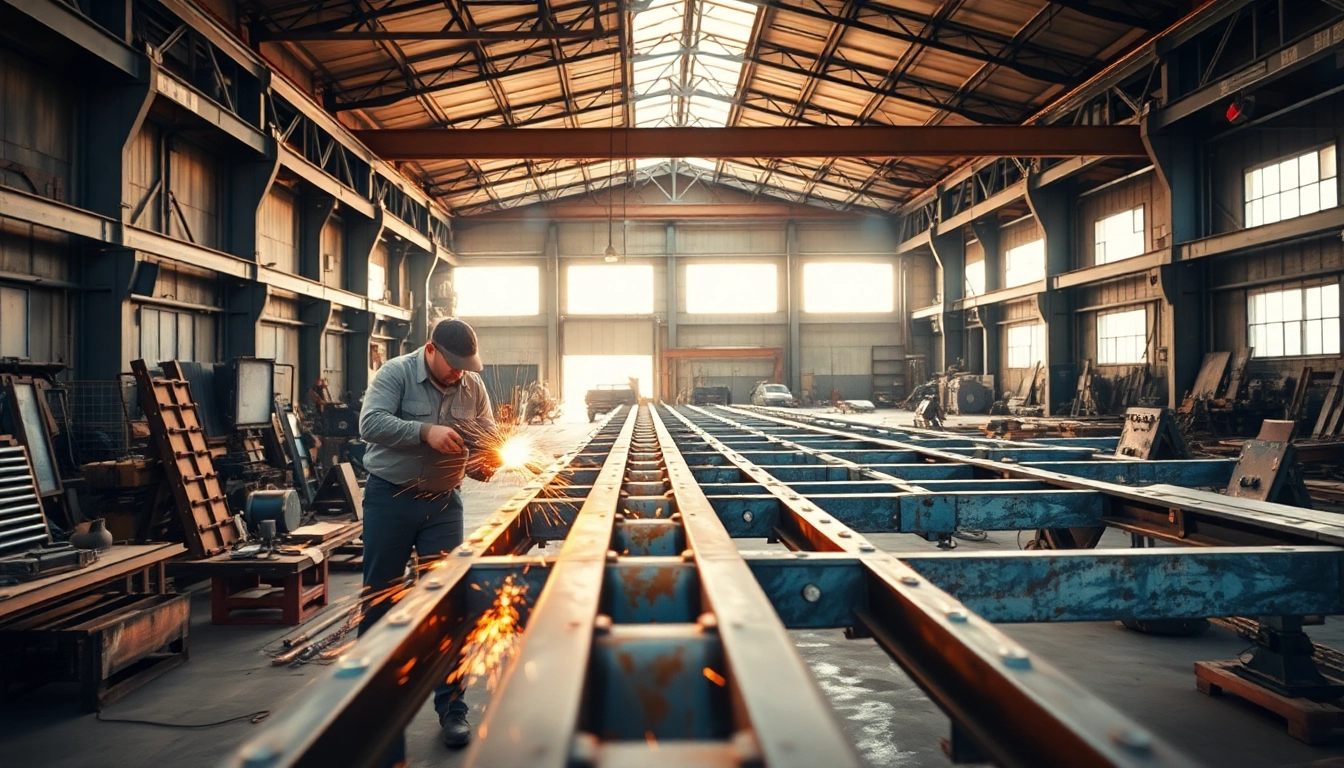


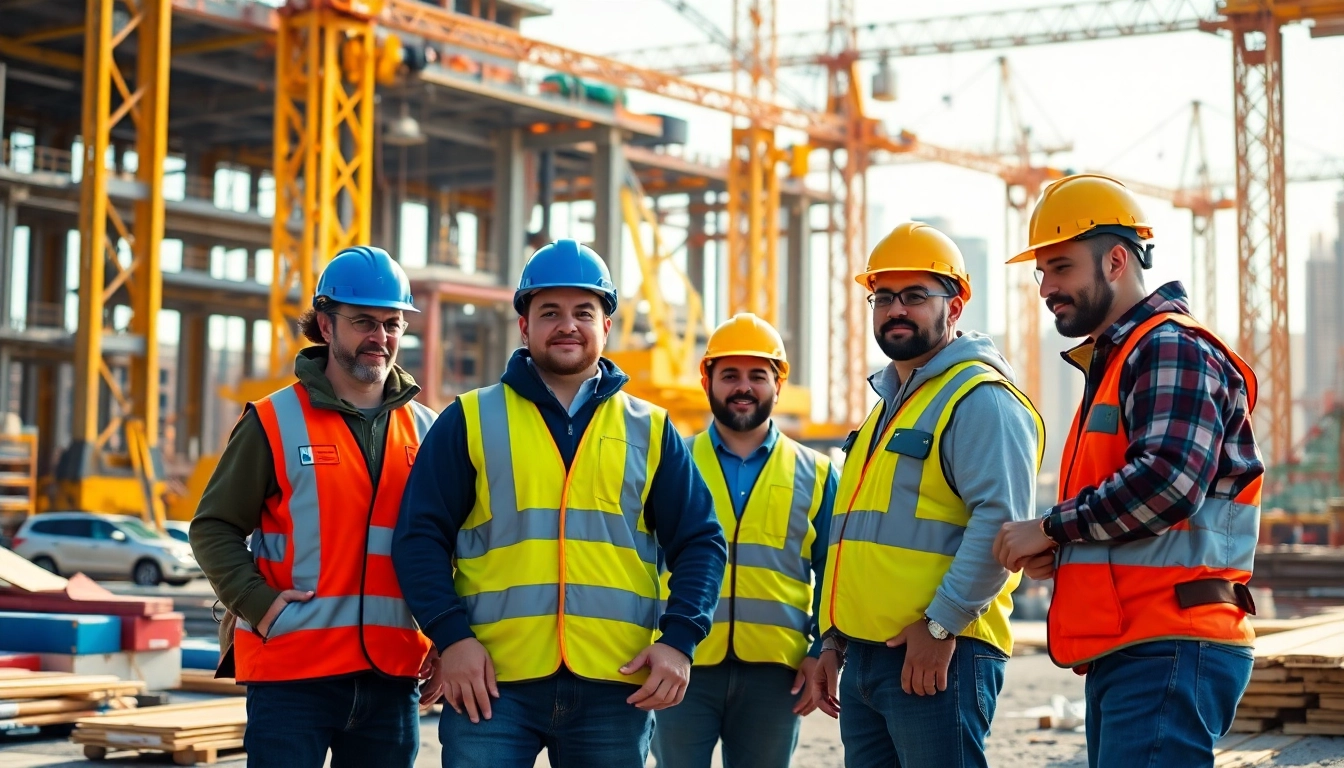
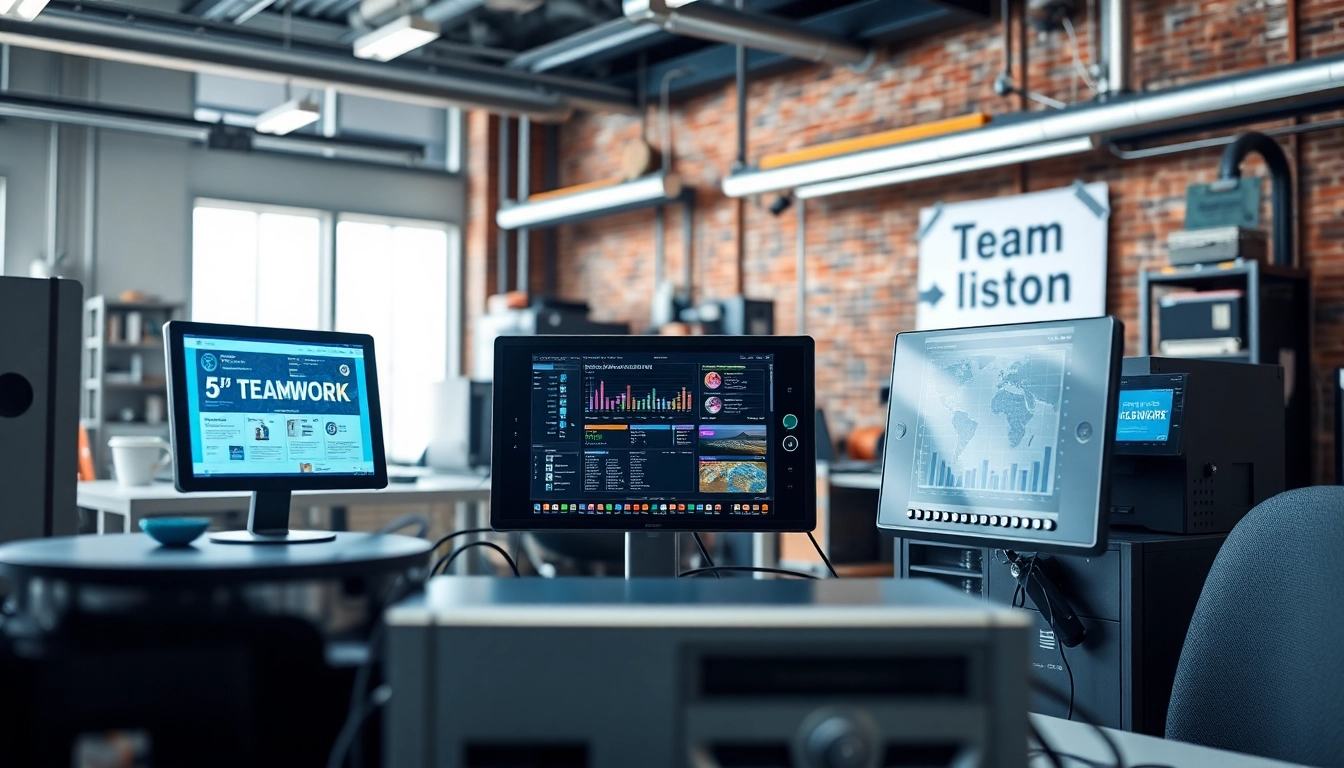

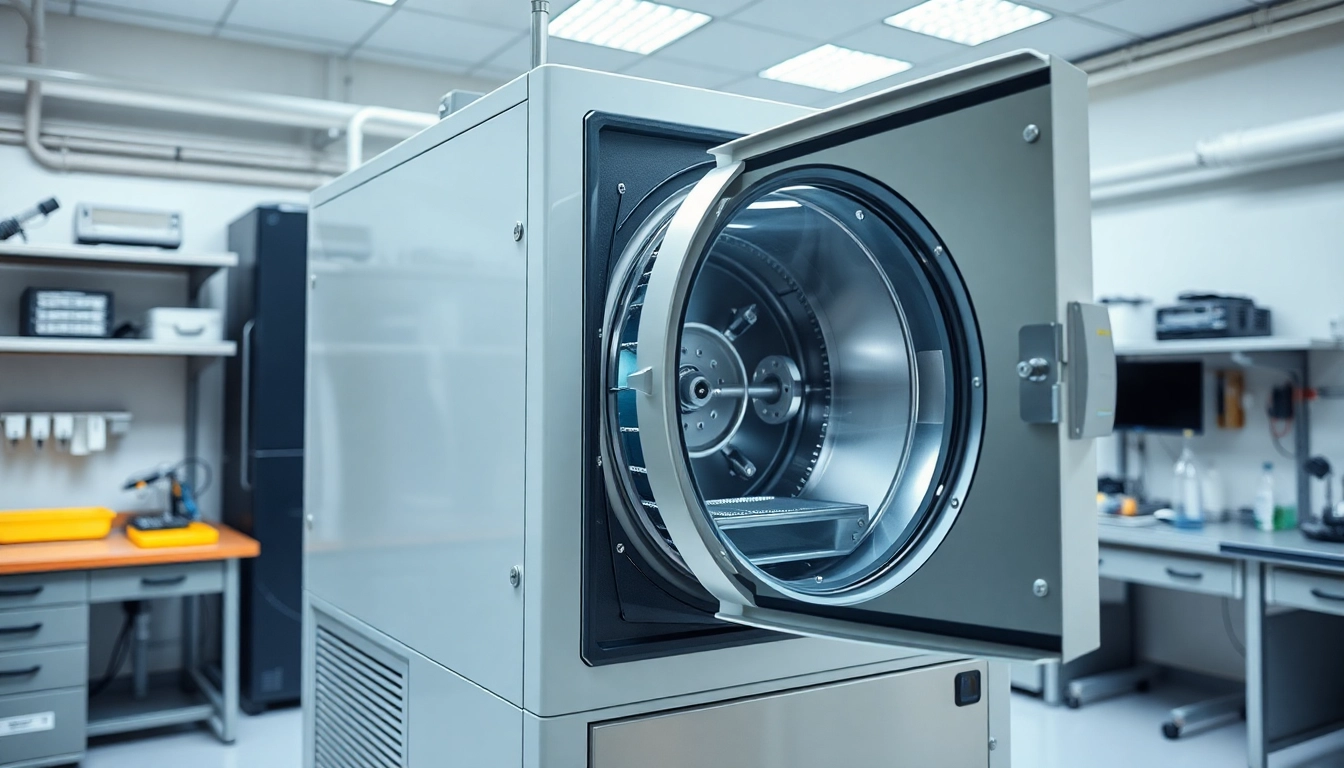
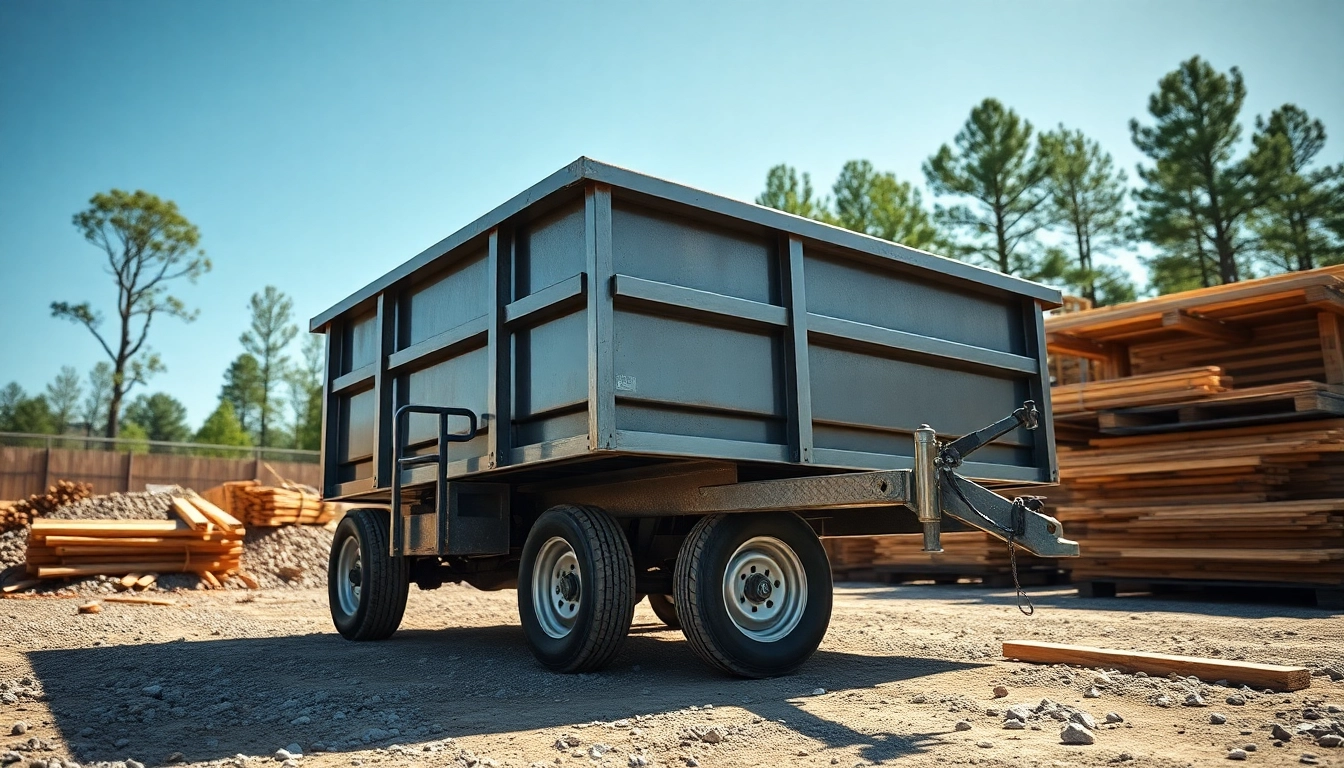
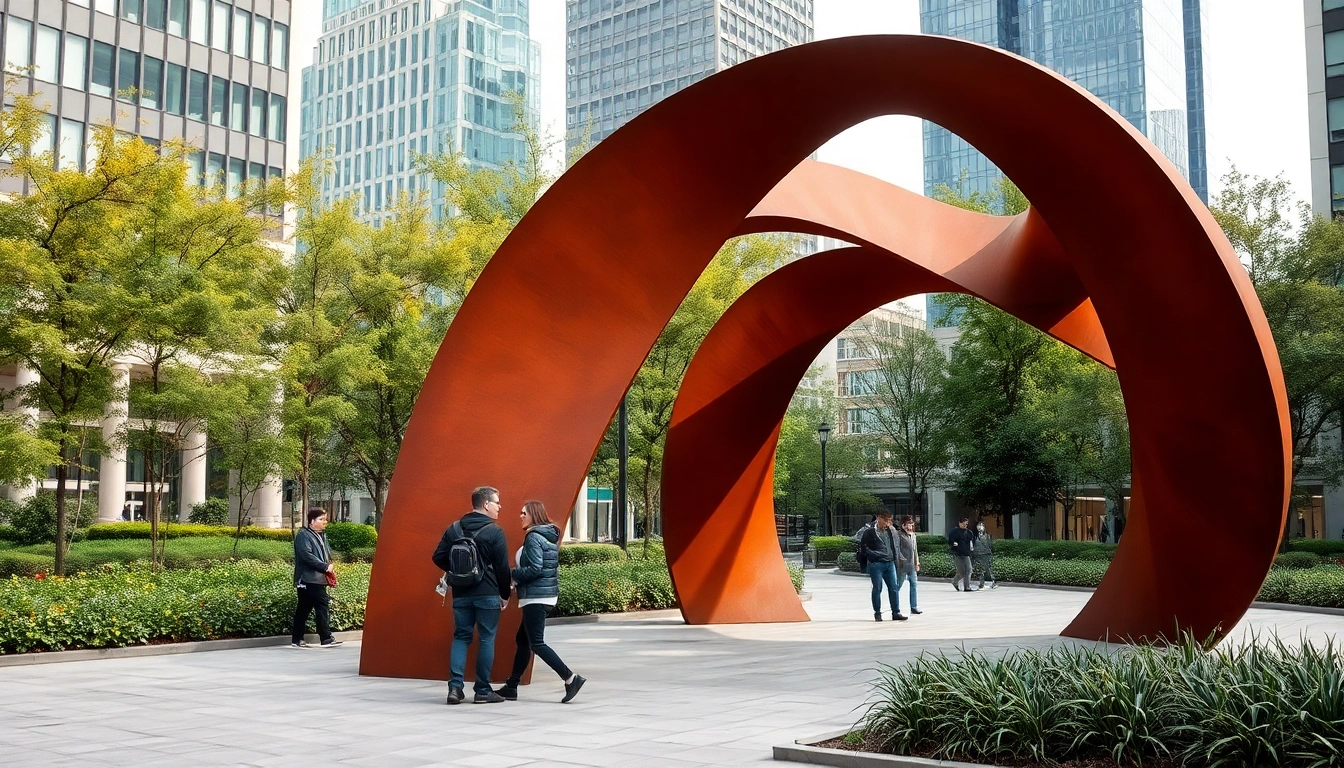




Leave a Reply